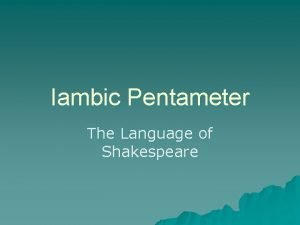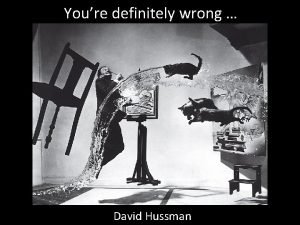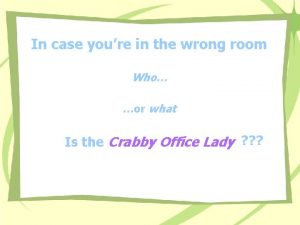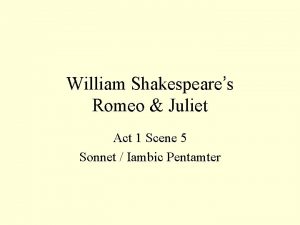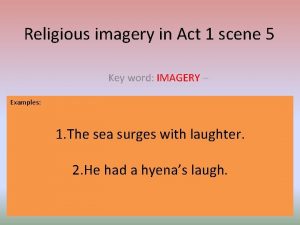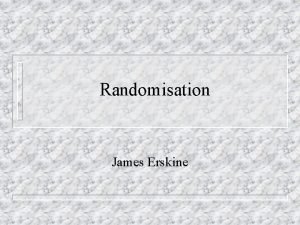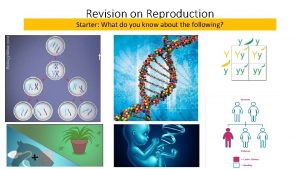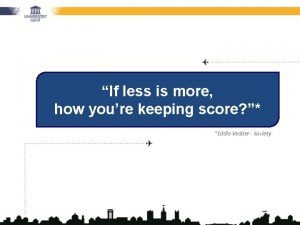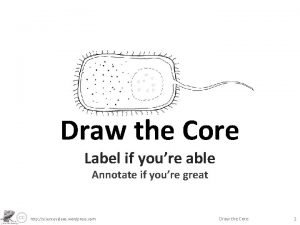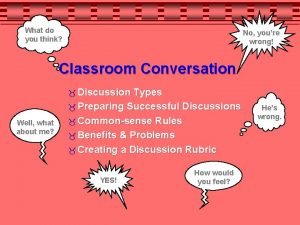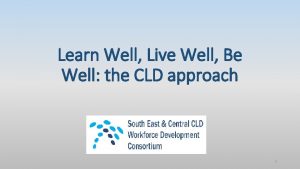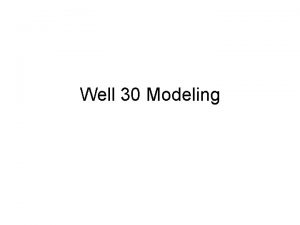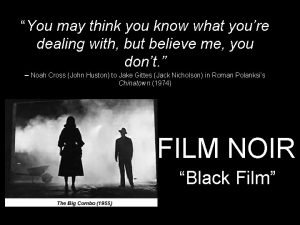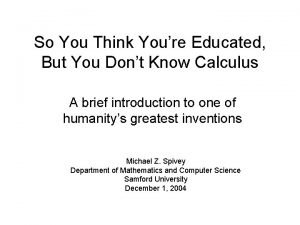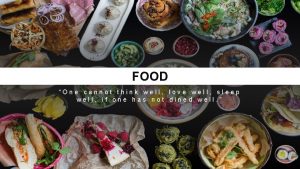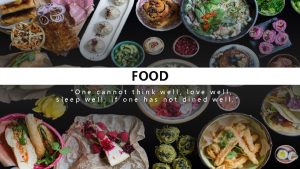MEMORY You think its good Well youre wrong




























- Slides: 28

MEMORY You think it’s good? Well, you’re wrong.

WHICH IS THE REAL PENNY?

ENCODING DEF: forming a memory code Requires attention: focusing awareness on a narrowed range of stimuli or events Attention is selective; acts as a filter

LEVELS OF PROCESSING Craik and Lockhart (1972) propose incoming info can be processed at different levels 3 levels for verbal info. : 1: Structural encoding: shallow processing that emphasizes the physical structure of the stimulus

LEVELS OF PROCESSING CONTINUED Phonemic encoding: emphasizes what a word sounds like Semantic encoding: emphasizes meaning of verbal input; thinking about the objects and actions the word represents Levels of Processing Theory: deeper levels of processing result in longer lasting memory codes

ENRICHING ENCODING Elaboration: linking a stimulus to other info at the time of encoding Helps enhance semantic encoding Involves thinking of examples to illustrate the idea

VISUAL IMAGERY Creating visual images to represent words to be remembered Allan Paivio: easier to form images for concrete words Dual-coding theory: holds that memory is enhanced by forming semantic and visual codes, since either can lead to recall

SELF-REFERENT ENCODING DEF: deciding how or whether info is personally relevant It is easier to remember something if it is meaningful to you

STORAGE: MAINTAINING INFORMATION IN MEMORY Storage is maintaining info in memory over time

SENSORY MEMORY DEF: preserves info in its original sensory form for a brief time, usually only a fraction of a second Gives additional time to recognize stimulus Visual and auditory memory trace decays after ¼ of a second

SHORT-TERM MEMORY STM is a limitedcapacity store that can maintain unrehearsed info for up to 20 seconds Rehearsal: process of repetitively verbalizing or thinking about the info

DURABILITY OF STORAGE Ability to recall decays considerably after only 15 seconds This is due to timerelated decay and interference from competing stimuli

CAPACITY OF STORAGE 1956: George Miller publishes “Magical Number 7” paper Claims you can store 7 items (+ or – 2) in STM You can increase capacity by Chunking: grouping familiar stimuli and storing as a single unit

STM AS “WORKING MEMORY” Alan Baddeley: “Working memory” consists of 3 parts: 1: Phonological rehearsal loop (ex: reciting a phone #)—only 2 seconds of info 2: Visuospatial sketchpad: allows to temporarily hold and manipulate visual images 3: Executive control system: handles info as you engage in reasoning and decision making

LONG-TERM MEMORY DEF: an unlimited (virtually) capacity store that can hold info over lengthy periods of time

LONG-TERM MEMORY PERMANENT? Flash-bulb memories: unusually vivid and detailed recollections of momentous events Hypnosis induced memories ESB triggering longlost memories

STM AND LTM SEPARATE Dominant thought today is that STM is a tiny and constantly changing portion of LTM

HOW IS KNOWLEDGE REPRESENTED AND ORGANIZED IN MEMORY?

CLUSTERING AND CONCEPTUAL HIERARCHIES Clustering: tendency to remember similar or related items in a group Conceptual hierarchy: multilevel classification system based on common properties among items

SCHEMAS Schema: an organized cluster of knowledge about a particular object or event abstracted from previous experience with the object or event

SCRIPTS Script: organizes what people know about common activities A kind of schema

SEMANTIC NETWORKS DEF: consists of nodes representing concepts, joined together by pathways that link related concepts Spreading activation: naturally thinking of related words

CONNECTIONIST NETWORKS AND PARALLEL DISTRIBUTED PROCESSING (PDP) PDP models assume that cognitive processes depend on patterns of activation in highly interconnected computational networks that resemble neural networks PDP models assert that specific memories correspond to particular patterns of activation in these networks

RETRIEVAL: GETTING INFORMATION OUT OF MEMORY

TIP-OF-THE-TONGUE PHENOMENON DEF: temporary inability to remember something you know, accompanied by the feeling that it’s just out of reach Similar memories are interfering

REINSTATING THE CONTEXT OF AN EVENT Context cues facilitate the retrieval of info. Remembering the origin of the thought

RECONSTRUCTING MEMORIES AND MISINFORMATION EFFECT Distortions in recall occur b/c subjects reconstruct a story to fit w/ their established schemas Theories: overwriting, interference, and…

SOURCE-MONITORING Def: process of making attributions about the original memories Source-monitoring error: when a memory derived from a source is misattributed to another source Reality monitoring: process of deciding whether memories are based on external or internal sources
 If love is the answer youre wrong
If love is the answer youre wrong Professional letters
Professional letters Hi everyone i hope you are doing well
Hi everyone i hope you are doing well Iambic pentameter
Iambic pentameter If you are
If you are Dhirubhaism
Dhirubhaism I think what you did was wrong david
I think what you did was wrong david You're in the wrong room
You're in the wrong room Summary of romeo and juliet act 1 scene 5
Summary of romeo and juliet act 1 scene 5 Religious imagery in romeo and juliet act 1, scene 5
Religious imagery in romeo and juliet act 1, scene 5 If you think you can you can poem
If you think you can you can poem You are good and your love endures
You are good and your love endures Glad to see you anton
Glad to see you anton How to act angry
How to act angry Jesus is my foundation
Jesus is my foundation Random compliment generator
Random compliment generator Youre my king
Youre my king Cybersmart definition
Cybersmart definition What are the signs of an asexual person
What are the signs of an asexual person How youre
How youre Tentative goal statement
Tentative goal statement Draw a diagram and add annotated labels
Draw a diagram and add annotated labels Im ok youre not ok
Im ok youre not ok What do you think makes a good friend
What do you think makes a good friend Human sign when things go wrong
Human sign when things go wrong Good thoughts, good words, good deeds meaning
Good thoughts, good words, good deeds meaning Hello hi good evening
Hello hi good evening Good afternoon teacher
Good afternoon teacher Good morning good afternoon
Good morning good afternoon



